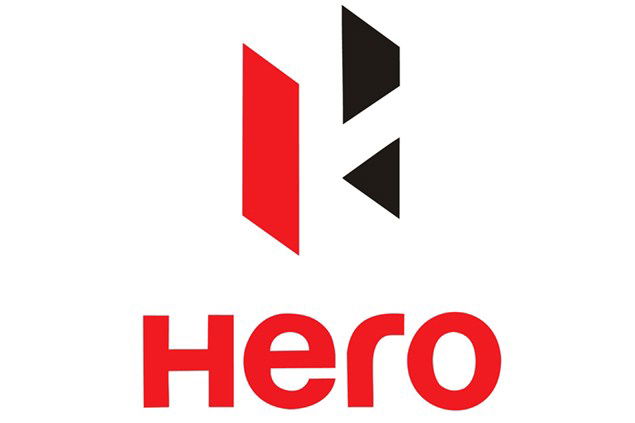What the hell is Hero?
It wants to buy Ducati, but where has Hero come from?

UNLESS you've spent time in India, as a motorcycle brand Hero probably doesn't mean much to you. But now it wants to buy Ducati and everyone's ears have pricked up. Is this a safe set of hands? Does it really have the money? What, in short, is Hero all about?
Until a year or so ago, Hero was a joint venture with Honda, effectively acting as the firm's arm in India as Hero Honda, with its own range of bikes, production facilties and everything else. But during 2010, with Honda keen to take full control of its own Indian operation, the firms split, leaving Hero as a stand-alone brand.
Here in the west, we tend to see Honda as being all-powerful when it comes to bikes, but the reality is that in terms of pure numbers of bikes made, Hero is actually bigger. And its rate of growth has been beyond belief.
Created in 1983, it's first bike didn't appear until 1985. Starting small – around the size of Triumph today – the firm took until 1987 to make its first 100,000 machines. By '91 it had made 500,000. It passed the million mark in terms of total production in '94. Still pretty low-key stuff, really.
But since then its growth has gone off the chart. It took a decade to make its first million bikes, but only four years for its second million, passing the mark in '98. Two years later, in 2000, it had doubled again, with total production passing the four million mark. A year later, in 2001, it became the world's biggest bike maker in terms of volume. Sales passed seven million in 2003, and by 2004 it was making more than two million per year, passing the 10 million total in the process. It now makes more than five million bikes every 12 months, its total production since the firm's inception somewhere north of the 40 million mark.
More than that, its earnings just seem to keep rising. The firm's most recent annual report puts its sales up 12.5%, income up 17.3%, profits up 14.7%... All this while the most of the world's bike industry is trying to keep its head above water. Can it afford Ducati? Yes.
OK, so presuming you've been brought up on a diet of western or Japanese bikes, you're probably not going to be too excited about any of Hero's products. We're talking small, air-cooled, single-cylinder machines, mostly with drum brakes and primitive styling compared to the sophisticated machines we're used to. But when you look at how fast Hero has moved in terms of ramping up production, it becomes easy to see that in a few years it could easily be challenging the established brands in terms of technology, too.
While it still has some technical co-operation with Honda, Hero's recent moves have been all about building a base of technical knowledge to draw upon. In the last couple of weeks, as well as throwing its hat into the ring when it comes to wanting to buy Ducati, the firm has hooked up with Erik Buell, sponsoring his firm's race efforts and getting technical and design help in return. Ducati, with its expertise in chassis, engine and electronics, would be a way to get instant access to the latest technology once Honda has gone its separate way.
Would Indian ownership harm Ducati. Some would be sure to baulk at the link between Hero's budget bikes and Ducati's thoroughbreds, but fellow Indian firm Tata – owner of Jaguar and Land Rover since 2008 – has shown that with a light touch and plenty of investment it's been more than able to do justice to the heritage and appeal of the cars made under those brands, seeing a big growth in sales and profits as a result.


